Recently, I was asked to compile a checklist of the dragonflies and damselflies that frequent the Leslie Street Spit, the so-called “urban wilderness” and parkland that extends into Lake Ontario from Toronto’s east end. One thing that intrigued me about this project was the contrast between the old and new that it illustrates. On the one hand, fossil records for the insect order Odonata, which includes dragonflies and damselflies, extend all the way back to the Permian Period, about 250 million years ago, well before the advent of the dinosaurs. On the other, the Spit, in geological terms, is still in its infancy, since it only began to take shape in the 1950s as a municipal landfill and breakwater. For me, it’s partly this juxtaposition of an ancient life-form with a habitat created just yesterday that makes the pursuit of dragonflies on the Spit such a fascinating pastime.
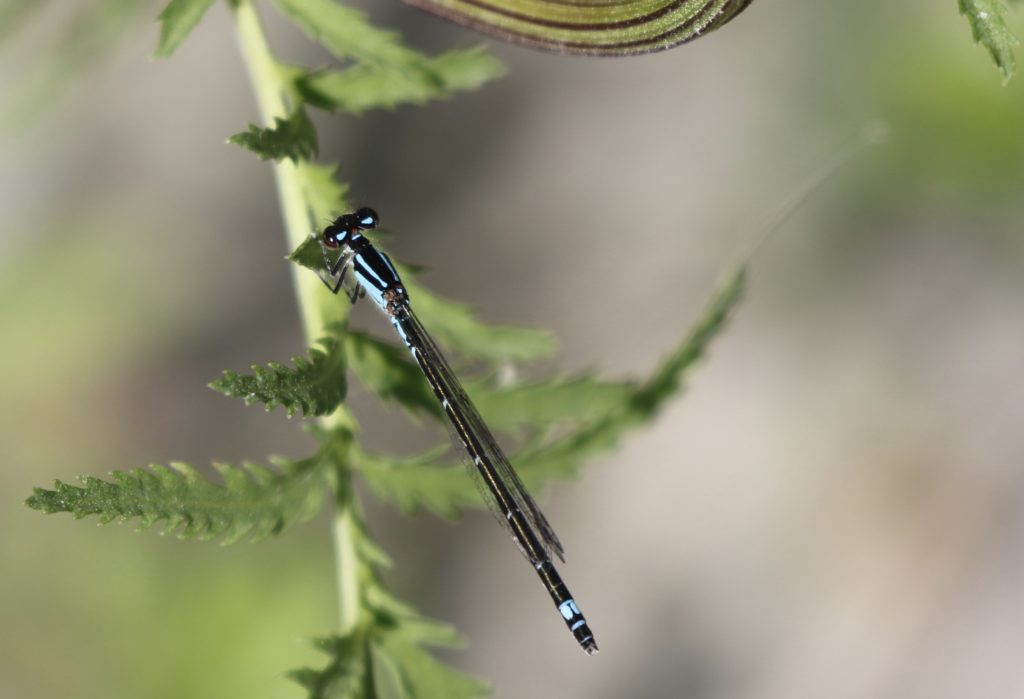
Dragonflies, and their smaller cousins the damselflies, are aquatic insects. They lay their eggs either directly in the water or in vegetation, such as reeds or rotting wood, that stands in water. Since it is surrounded on three sides by Lake Ontario and contains several ponds of varying size and depth, the Spit is an aquatic habitat par excellence. For more than fifty years, this wild and ungroomed park has served as one of the most attractive refuges along the Toronto lakeshore for different species of dragonflies and damselflies.
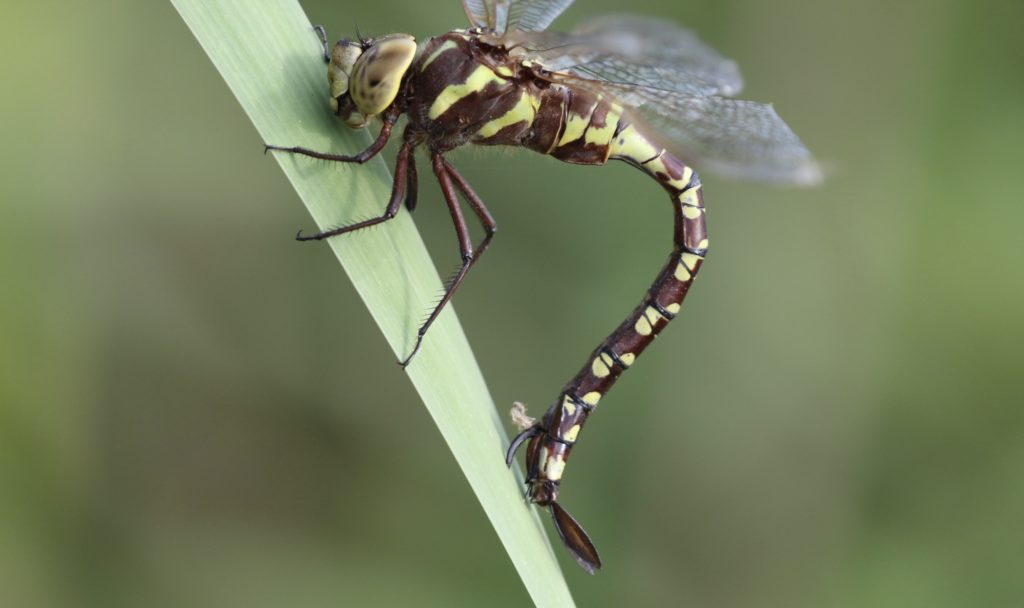
The question has always been: What species, exactly? Although checklists have long been available for the birds, butterflies, and plants of the Spit, there has never been anything similar for the dragonflies. Until now, that is. Last summer, the co-chairs of the advocacy group called Friends of the Spit, asked if I’d be willing to put together such a list, and I agreed on the spot.
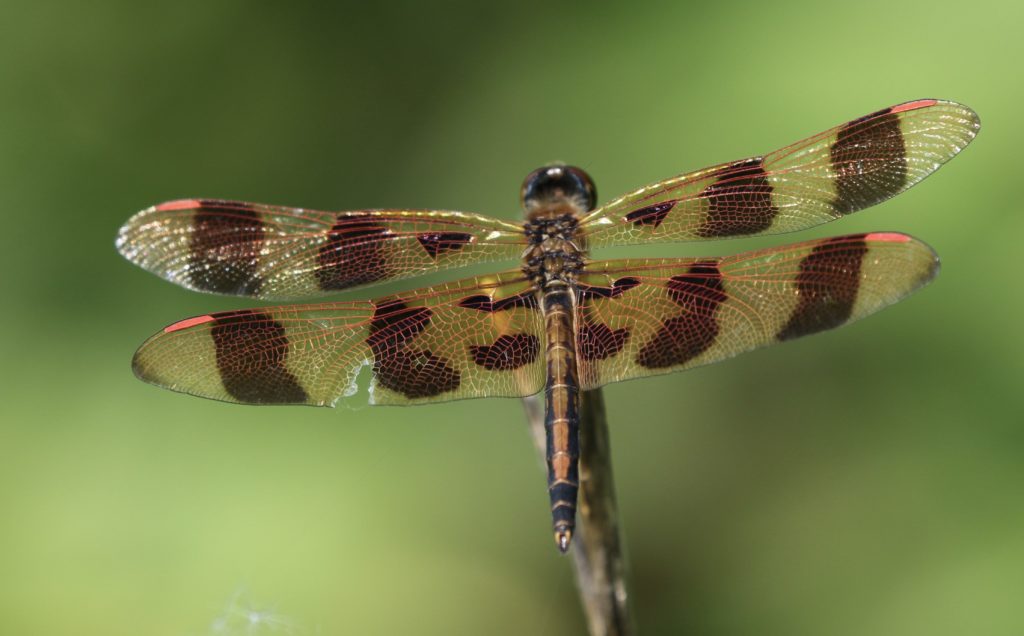
One aspect of the project that appealed to me was its limited scope. The peninsula formed by the Spit is only about five kilometres (3 miles) long and a few hundred metres wide. This means that compiling a checklist for such a precisely defined area is a much easier task than doing something similar for the city as a whole. And since the Spit is frequented by scores of amateur naturalists who report their findings on forums such as iNaturalist, I knew I’d have data bases to consult that would help in drawing up the species list.
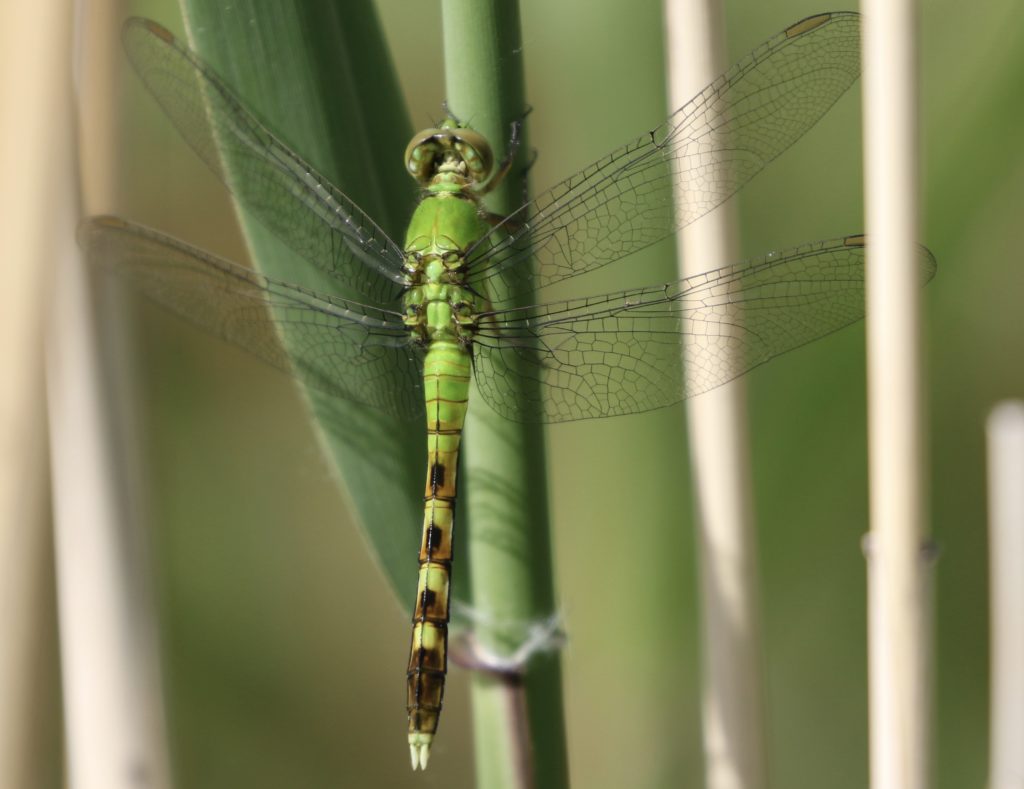
After much research online and in the field, I was able to put together a list with a quite respectable total of forty species. This suggests that on any given day during the season, the dragonfly enthusiast who visits the Spit can hope to see an impressive variety of odonata. The individual species seen might range in color from the vivid orange-red of a Halloween Pennant to the neon-green glow of a female Eastern Pondhawk. And they might range in size from the delicately tiny wisp of a Skimming Bluet (18-27 mm) to the commanding presence of a Swamp Darner (80-94 mm).
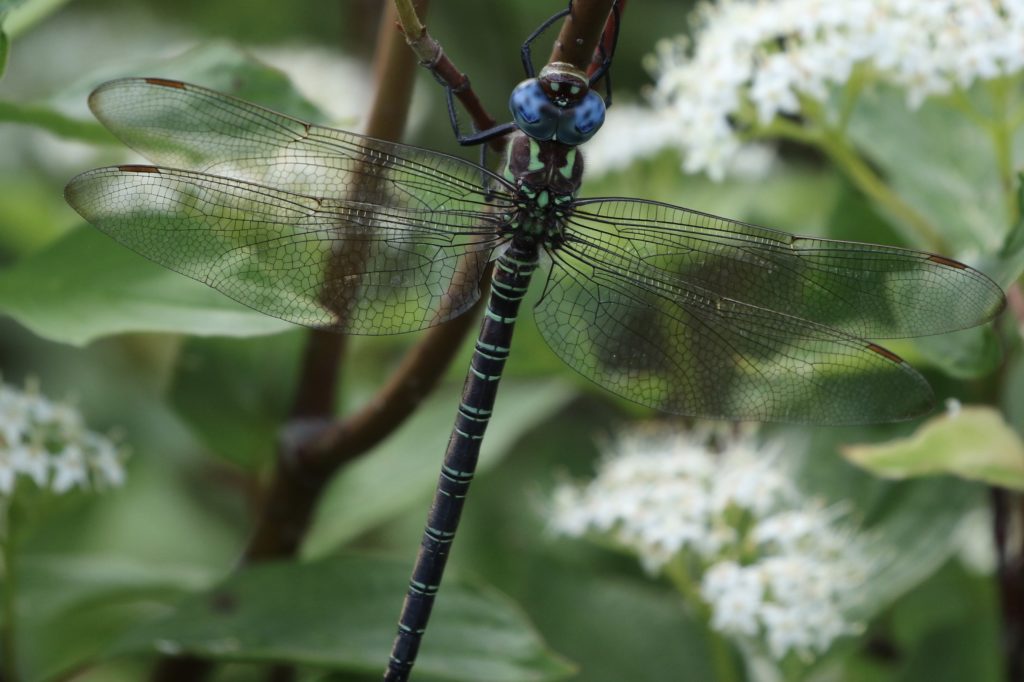
One thing I learned from my research was that the list I compiled will almost certainly grow in number over the next several years. For one, several species that have not yet been recorded on the Spit, including Powdered Dancer and Northern Spreadwing, have been photographed right next door at Ashbridges Bay Park. It’s only a matter of time before these species move onto the Spit and are recorded there as well. Also, thanks to the inexorable march of global warming, we’ll undoubtedly start to see more southern migrants like the rare Striped Saddlebags and Green-striped Darner that appeared on the Spit in the autumn of 2021.
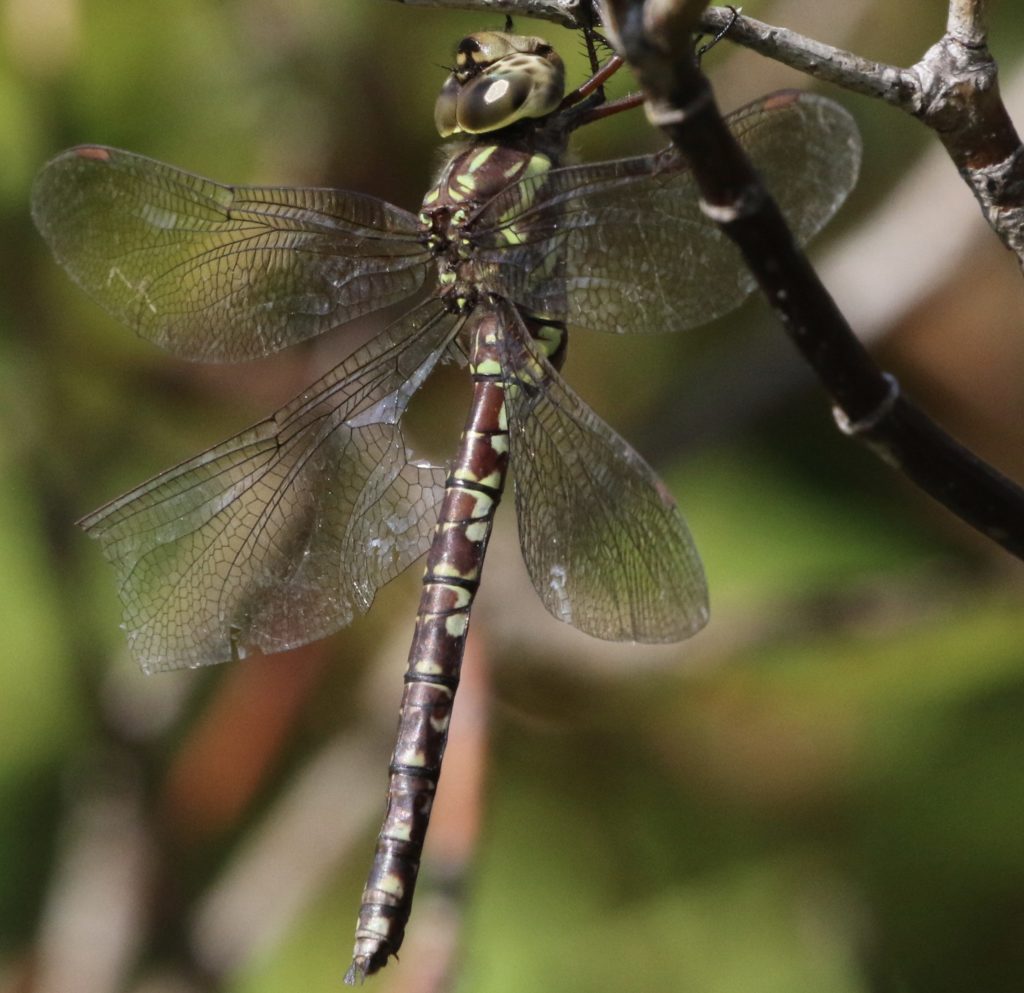
I hope that in addition to its status as a reference point for dragonfly enthusiasts, the checklist will also serve as a springboard to encourage others to take up dragonflying (for want of a better word) and to report their findings on forums like iNaturalist. Not only will this help to increase our knowledge of these fascinating insects, but it should also intensify the pleasure that people take in exploring this unique parkland. As anyone knows who has focused their binoculars on the iridescent wings of a Painted Skimmer, or on the impossibly long, green-ringed abdomen of a Swamp Darner, there are few wildlife discoveries more gratifying than the sight of a dragonfly at rest in the sun of a summer’s day.
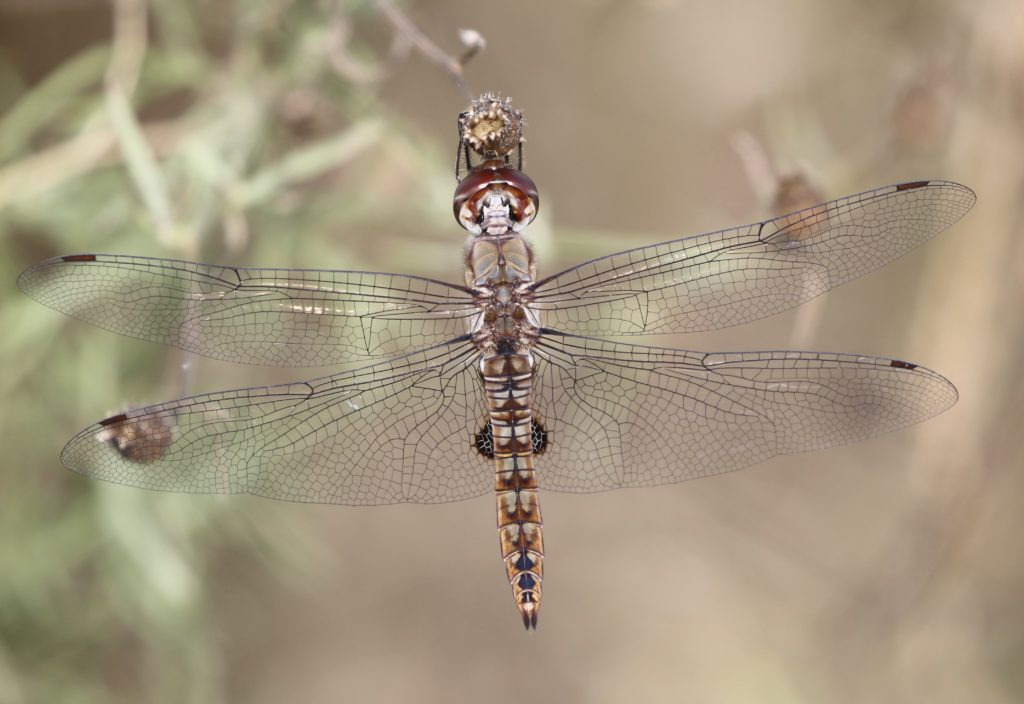
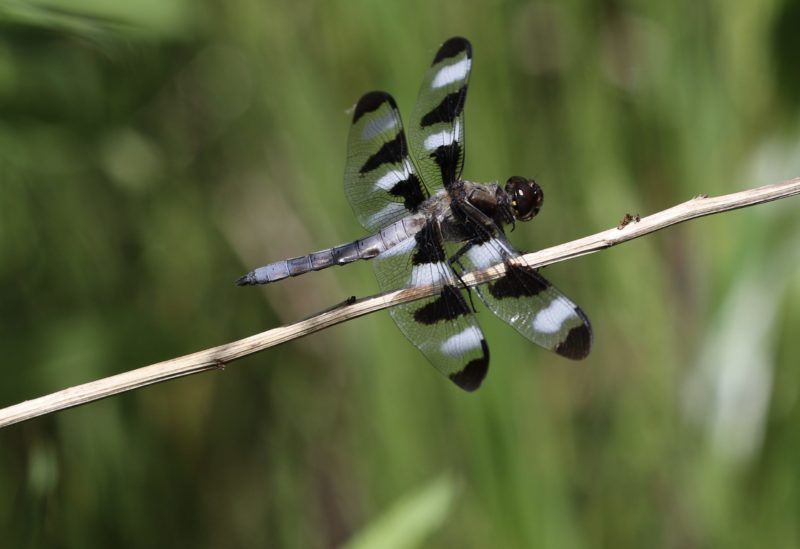
Your photos are spectacular, Ed! They capture the colour and beauty of these insects so well. I love the way we can see the wings, too…I’ve never seen a stained glass window in a cathedral more beautiful. Amazing that you’ve had the patience to catalogue 40 kinds.
Many thanks, Jeannette, for your comments–I’m glad you enjoyed the post and the photos. They really are beautiful bugs.
Fascinating, Ed! Thanks for sharing your research. There are a lot of dragonflies up near our cabin in northern SK, and I have a dragonfly ID book, so you’ve inspired me to make a list.
That’s great, Honor. If you see or photograph anything exotic at your cabin, let me know!